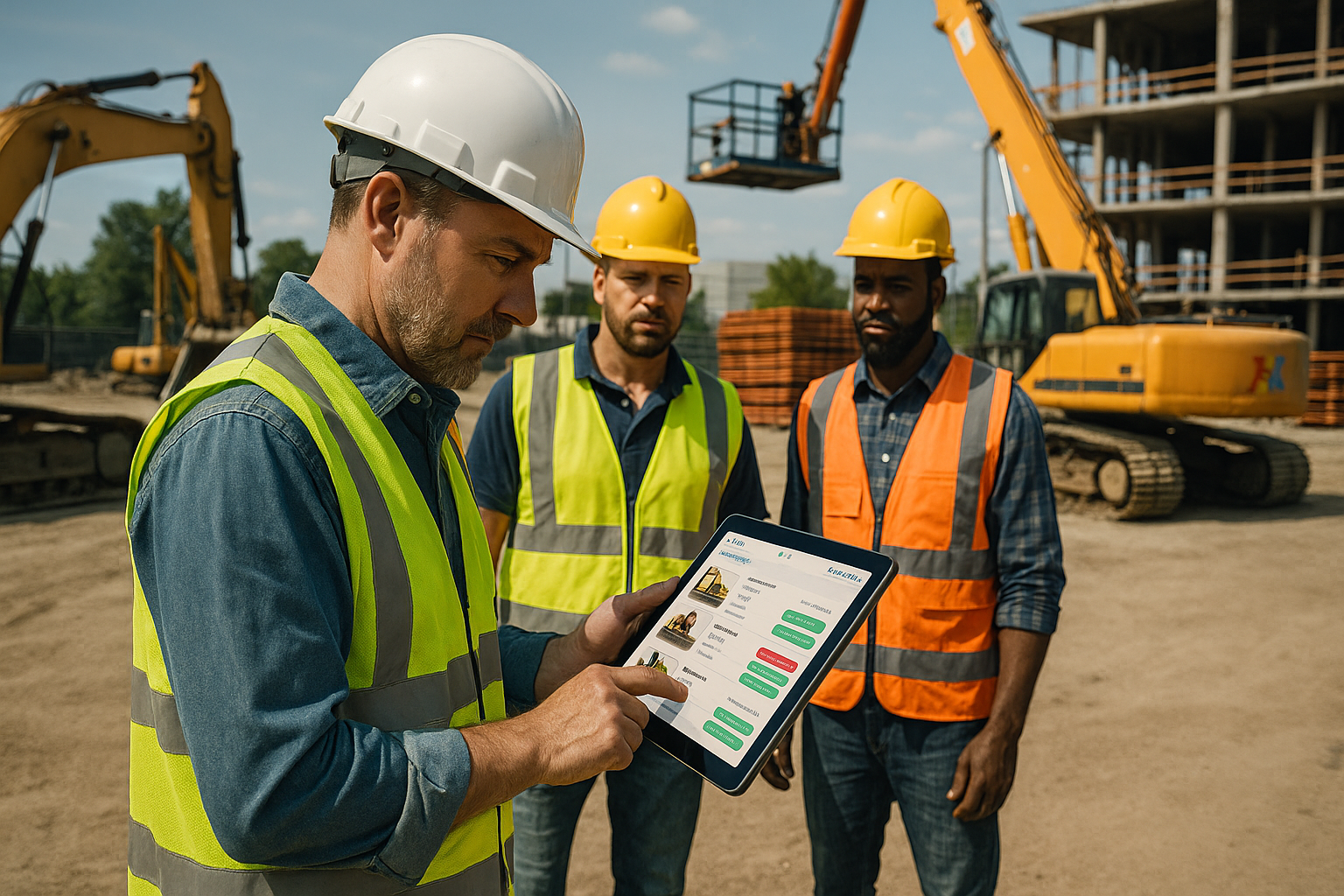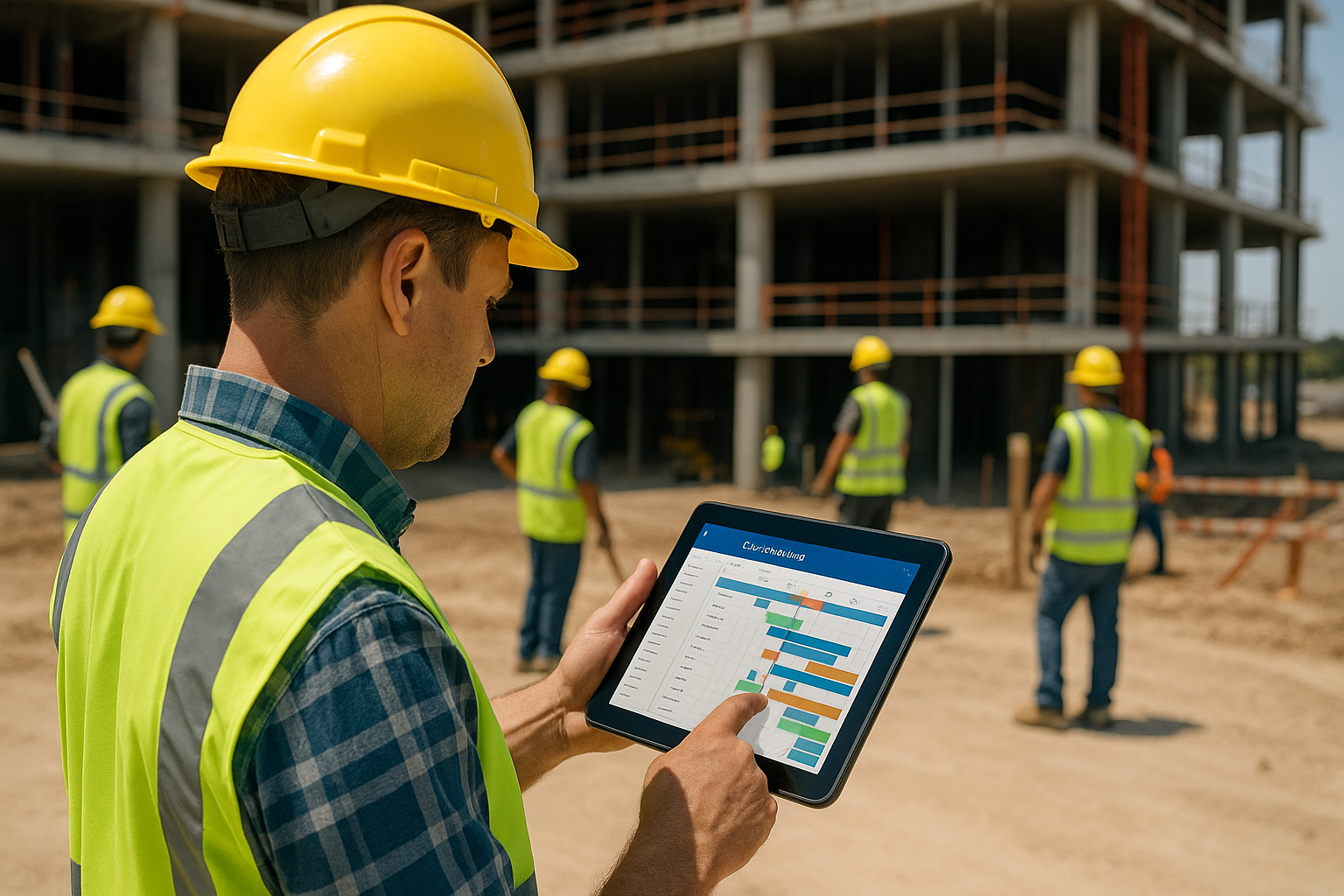Autonomous Heavy Equipment Revolutionizing Construction

The construction industry has always been at the forefront of innovation, continually adopting new technologies to enhance efficiency and productivity. In recent years, the rise of autonomous heavy equipment has taken the construction world by storm. With advanced sensing, computing, and machine learning capabilities, these autonomous vehicles are transforming the way construction projects are planned and executed.
In this blog post, we will explore the emergence of autonomous heavy equipment in construction and look at the various types of autonomous vehicles revolutionizing the industry.
The Rise of Autonomous Heavy Equipment
Construction companies are increasingly turning to autonomous heavy equipment to tackle challenges such as labour shortages, safety concerns, and productivity demands. Autonomous vehicles offer the potential to reduce human error, improve precision, and optimize workflows. These vehicles can perform complex tasks with greater efficiency, accuracy, and safety by leveraging artificial intelligence, machine learning algorithms, and sophisticated sensors.
Types of Autonomous Vehicles in Construction
Autonomous Excavators
Excavation is a crucial part of many construction projects, and autonomous excavators are making this process more streamlined and efficient. These vehicles can autonomously navigate job sites, accurately dig trenches, remove debris, and load materials onto trucks. Equipped with advanced computer vision and GPS technology, they can precisely identify objects, avoid obstacles, and operate with minimal human intervention.
Autonomous Bulldozers and Graders
Traditionally, grading and levelling tasks required skilled operators to ensure accurate results. However, autonomous bulldozers and graders are transforming these operations. These vehicles use advanced laser and GPS systems to navigate and level surfaces with remarkable precision. They can create flat, even surfaces while minimizing material waste and reducing the time required to complete grading projects.
Autonomous Cranes
Construction sites often require heavy lifting tasks, which skilled crane operators have traditionally performed. However, autonomous cranes are revolutionizing this aspect of construction. These intelligent machines can precisely lift and move heavy loads using sophisticated sensors and computer algorithms. With increased safety features, including collision avoidance systems, they can enhance both productivity and worker safety.
Autonomous Trucks
Material transportation is a fundamental aspect of construction projects, and autonomous trucks are reshaping this process. These vehicles can navigate predefined routes, transport materials, and unload them at designated locations. With integrated sensors and communication systems, they can optimize logistics, minimize transportation costs, and enhance overall project efficiency.
Benefits of Autonomous Heavy Equipment
The integration of autonomous heavy equipment in construction offers several compelling advantages:
Enhanced Safety: By minimizing human involvement in hazardous tasks, autonomous vehicles reduce the risk of accidents, protecting workers and the public. These machines are also equipped with advanced safety features such as sensors and cameras that can detect and avoid obstacles, contributing to a safer work environment.
Improved Maintenance: Autonomous heavy equipment comes with advanced monitoring systems that detect issues before they develop into problems. These systems can diagnose and troubleshoot components, alerting maintenance teams to take action before a malfunction occurs.
Environmental Considerations: Autonomous heavy equipment can be designed with energy-efficient systems, reducing fuel consumption and emissions. Additionally, optimized operations minimize waste and promote sustainable construction practices.
Cost Savings: Despite the upfront investment required, autonomous heavy equipment can lead to significant cost savings over time. Reduced labour costs, optimized resource utilization, and improved project timelines contribute to the financial benefits.
Increased Productivity: Autonomous heavy equipment operates continuously without the need for breaks or shift changes, thereby improving overall project efficiency and reducing downtime.
Improved Precision: With advanced sensing capabilities and precise control systems, autonomous vehicles can perform tasks with unparalleled accuracy, ensuring high-quality results.
The advent of autonomous heavy equipment marks an exciting era in construction. As construction companies continue to embrace these innovations, we can expect a future where autonomous heavy equipment plays a pivotal role in shaping the construction landscape.
*Brought to you by Plexxis Software: Offering software solutions for the construction industry that integrates cloud, mobile and on-premise software to improve and enhance team performance.




